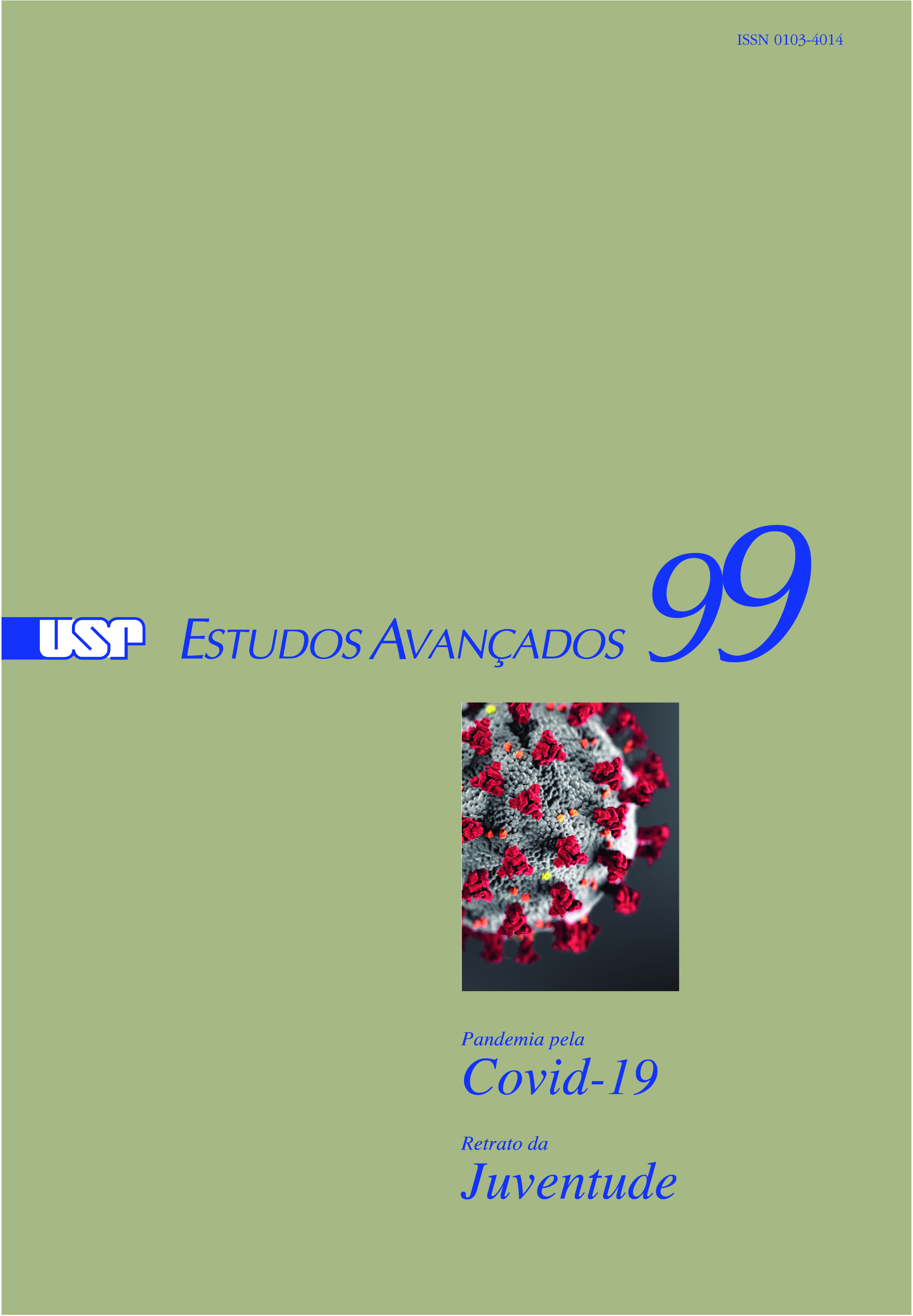Cidade, arte e criação social: novos diagramas de culturas juvenis da periferia
DOI:
https://doi.org/10.1590/s0103-4014.2020.3499.022Keywords:
Youth, Art, Digital social networks, Creation, Street cultureAbstract
Although studies increasingly show the growth of the so-called “neither, nor, nor” youths (who neither study, nor work, nor intend to go back to work and study), and their greater insertion in drug trafficking factions and routes in the metropolitan landscape, there is, paradoxically, a rise in creative youth experiences emerging from street life itself and from the formation of collectives in the periphery of cities. Cultural practices of different origins crisscross the material and digital spheres, mobilizing youth to multiple actions, such as organizing soirees, making videos and music on smartphones, creating art collectives, and participating in street theater groups, among others. Going against the grain of normative paths mediated by the institutional route of school/work and under the influence of “deviation tactics” (De Certeau, 1994), these youths seem to condense signs inventoried by the media with repertoires concerning the agreed-upon aesthetics, manners and languages of street cultures. This article intends to discuss the exemplary production experience of the series La Casa Dúz Vetin, produced by digital influencers from the urban periphery, highlighting new diagrams of creativity and emblematic practices of contemporary youth.
Downloads
Downloads
Published
Issue
Section
License
Estudos Avançados não celebra contrato de cessão de direitos autorais com seus colaboradores, razão pela qual não detém os direitos autorais dos artigos publicados. Os interessados em reproduzir artigos publicados na revista devem necessariamente obter o consentimento do autor e atribuir devidamente os créditos ao periódico.


